The e-Joe Anggun 3.0 is an entry level “all around” electric bike that could be useful for commuting, going to school or just doing some relaxed neighborhood cruising. It’s extremely versatile thanks to the fenders, rear rack and LED lights but goes even further in the utility direction with a nice chain guard, adjustable stem and kickstand and a new ultra-low seat tube that will allow shorter riders to mount and stand over this bike easily. While it only comes in one frame size, 17 inches, the quick adjust seat post and aforementioned stem combined with swept back handlebars can be made comfortable for most riders.
The motor driving the Anggun is a basic 350 watt geared design that offers decent torque but doesn’t weigh a whole lot or make much noise. During my tests it was quiet, smooth and pretty zippy. It’s not designed to carry you and a heavy load (up to 300 pounds) up large hills and will automatically cut out if pushed too hard to protect itself. The best way to use it for climbing or to extend range is in one of four pedal assist modes that are activated with the pedalec sensor mounted on the bottom bracket. The Angun 3.0 has an upgraded sensor system with 12 magnets instead of the six used on earlier models. Some of the fancier electric bikes out there are using torque sensors or advanced multi-sensor systems but for a bike like this the 12 magnet setup is great. In the video review above you can see how responsive it is and note that because it’s cadence only, you don’t have to push hard when pedaling in order to activate the motor. I also like that the hub motor sort of blends in at the rear of the bike but people will still know it’s an ebike due to the oversized battery pack.
The battery on this bike is a highlight because it’s mounted in a balanced, sturdy position right behind the seat post tube and is also removable. This makes it easier to transport the bike because the pack weighs ~10 pounds. Depending on your storage situation, it’s also nice that the pack could be charged inside while the bike is locked up outside. Keeping the pack topped off regularly and avoiding extreme heat and cold will extend its life. The pack locks to the bike for security which is great when you’re commuting and has a built in handle at the top for when you do remove it. Offering 36 volts of power and 15 amp hours of capacity this is a larger battery and should be enough for at least 30 miles, up to 50, but that depends on the total weight of the rider and cargo (up to 300 pounds).
Once this bike is on, it’s easy to navigate between five modes (0, 1, 2, 3, Turbo) and at any time you can activate or de-activate the throttle with a red toggle button on the right side. I love that assist and throttle can be used concurrently and also that they’ve included a button pad for cycling through assist levels so you don’t have to take your hands off the grips when riding. The LCD display panel is a proven design that’s easy to read and understand but unfortunately not removable. That means it could be exposed to more weather and vandalism when left at the bike rack. Thankfully, it’s modular and could be replaced if something were to happen.
The updated 3.0 Anggun is pretty similar to the previous 2.0 and regular “Anggun” dating back to ~2012 but that’s not a bad thing. The price is relatively good at just under $2K and depending on your needs, the basic plastic pedals and grips could be upgraded. You could even add quick release adapters to the skewers to make the wheels easier to work with. It would be nice if the lights ran off the main battery and could be operated through the console vs. independent buttons but at least the battery pack on this bike is extra large with 15 amp hours of capacity (that’s 50% larger than most standard packs). The seven speed cassette provides good range and the large shifters, operations pad and upgraded LCD display panel all work very well. E-Joe offers a one year warranty and they’ve been around doing good business for several years. This could be an excellent first ebike or a solid choice for shoppers on a budget who want a step-above generic and value the accessories.
Pros:
- Five drive modes including four levels of pedal assist with easy to reach button panel on left handle bar
- Tektro mechanical disc brakes front and rear provide good stopping power, 160 mm rotors stay cleaner than rim brakes when riding in wet conditions
- Suspension fork smoothes out the ride but is pretty basic, no lockout just a rebound adjustment
- Wheelset is standard sized at 26″ which means tubes and tires will be less expensive to replace, the Kenda puncture resistant tires that come with the bike are decent and the reflective sidewall is nice
- Step-through frame is easy to mount and the extra-low seat tube accommodates shorter riders, the chain guard keeps pants or dresses clean
- Brake levers are pretty basic but do include an electronic cutoff switch that stops the motor when activated
- Rear rack offers a bit of extra storage capacity, includes pannier blockers on the sides to keep bags from touching the wheels and spokes
- Mid-mounted battery keeps weight relatively low and distributed across the frame, can be charged on or off the bike for convenience
- Red toggle switch connected to the the right bar allows you to activate or de-activate the throttle at any time which offers more flexibility in powering the bike as well as predictability in how it will respond
- Cadence sensing pedal assist uses 12 magnets for a smoother more instantaneous activation compared with the older 6 magnet setups
- Plastic fenders with mud flaps look great, are durable and don’t weigh much but they can rattle a bit more over time so check the bolts every once in a while
- Upright design with swept back handle bars is easy on the back and keeps your head in the alert position for city riding
Cons:
- Quick-release saddle is nice but the front and rear wheels use standard nut and bolt hardware that requires more time and effort to adjust if you get a flat
- Overall lower-end components including the seven speed Shimano Tourney TX drivetrain, may require more tuneups
- Rear light requires additional batteries while front light is wired right into the battery pack
- LED lights have to be activated with a switch on the light vs. using the LCD computer
- Adjustable stem requires a hex tool to set and can get loose if riding over lots of bumps and curbs
- Pedals are small and less rigid than alloy options, the plastic surface can become slippery if they get wet
Resources:
- Official Site: http://ejoebike.com/anggun-3-0
- More Pictures: https://goo.gl/photos/aFc7ndQLGo8SJSvT8



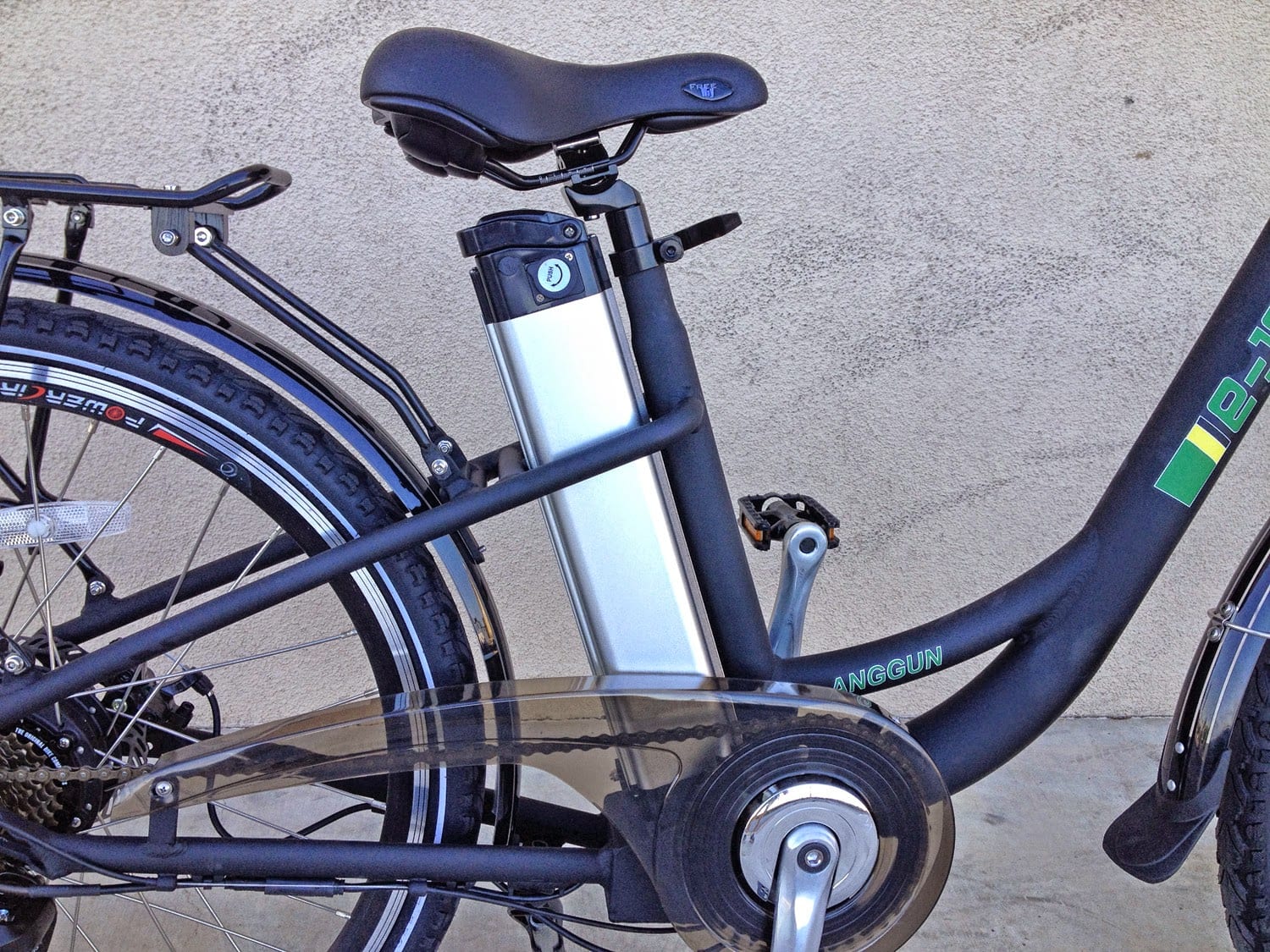
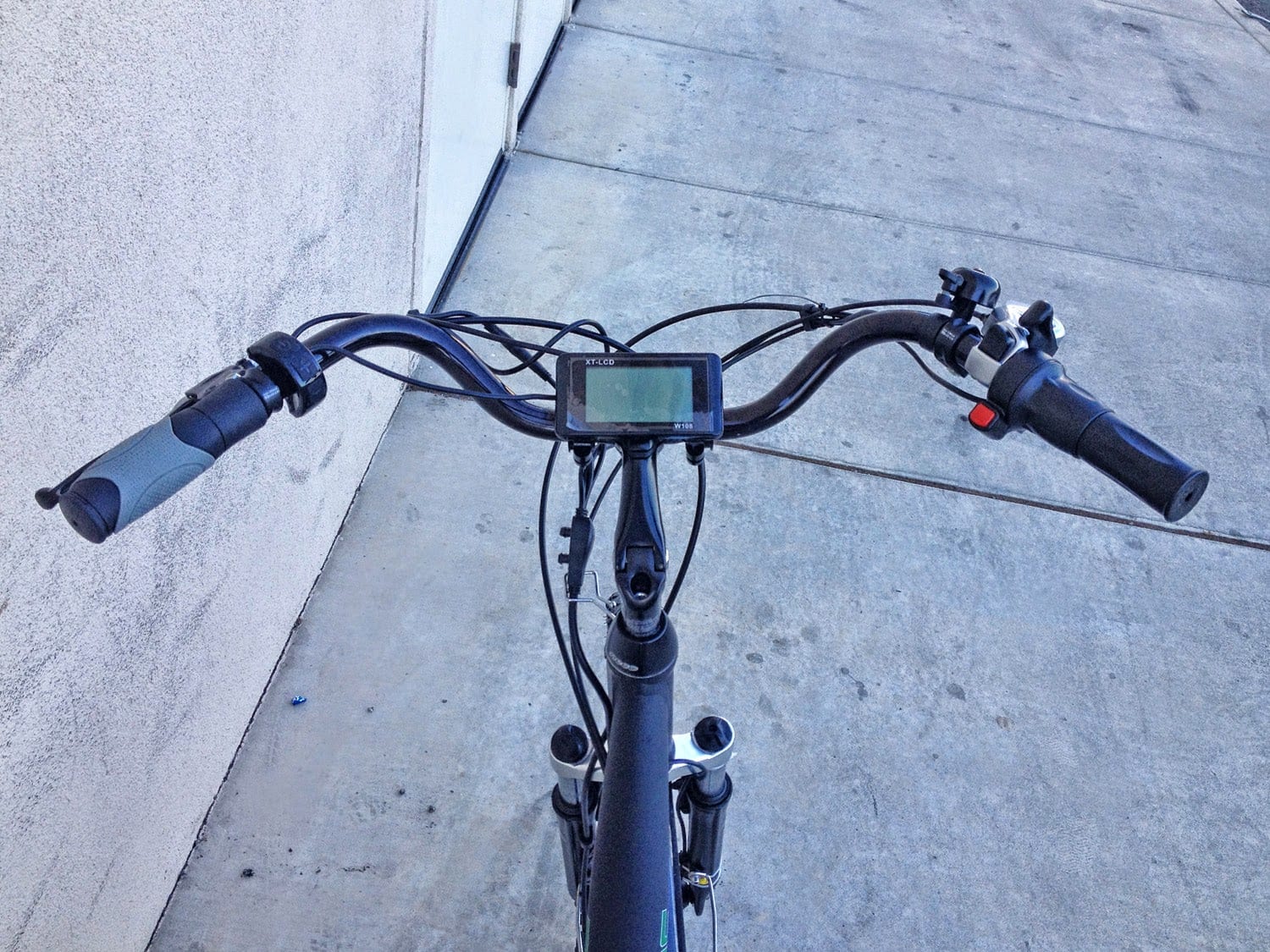
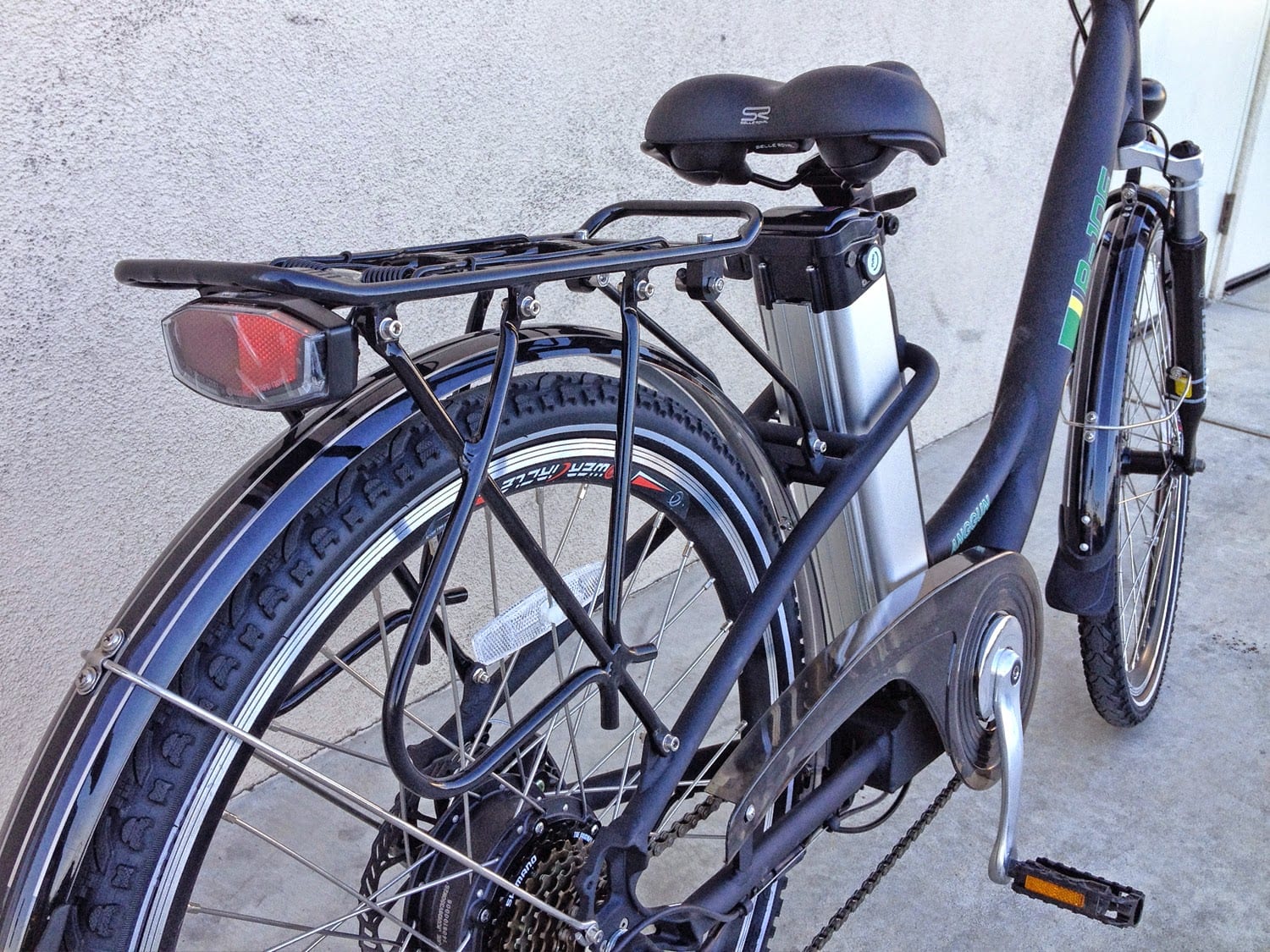
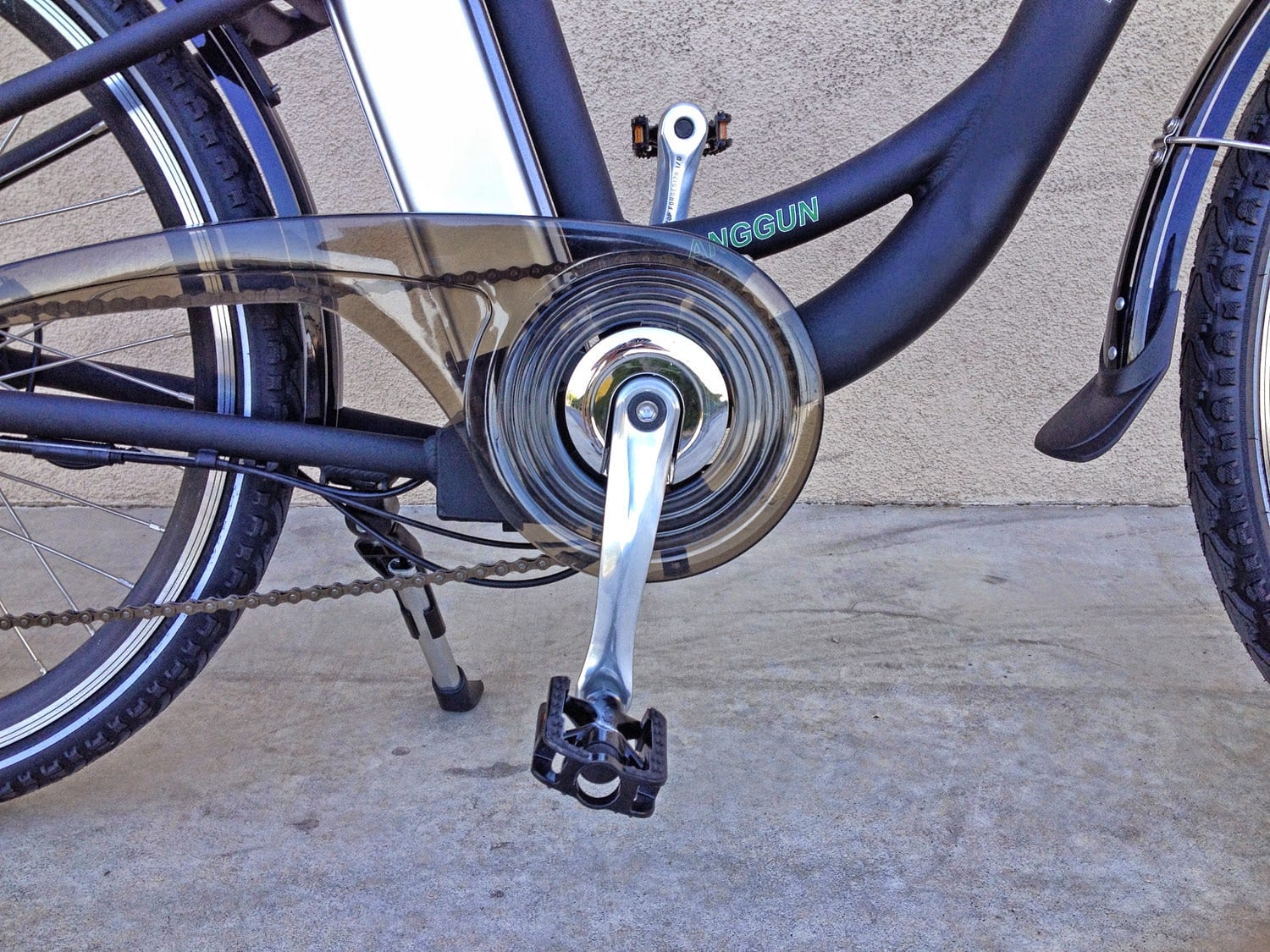
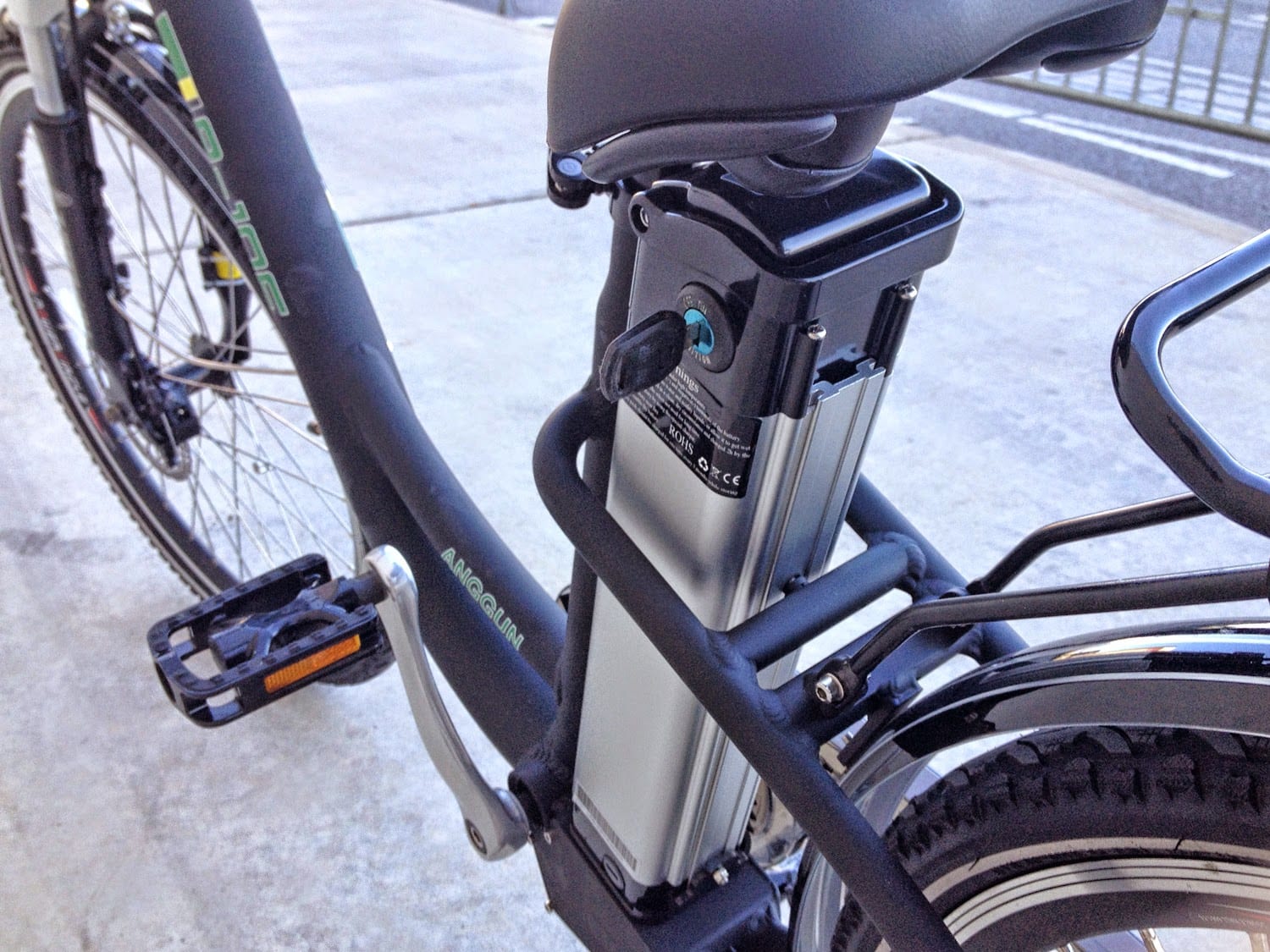
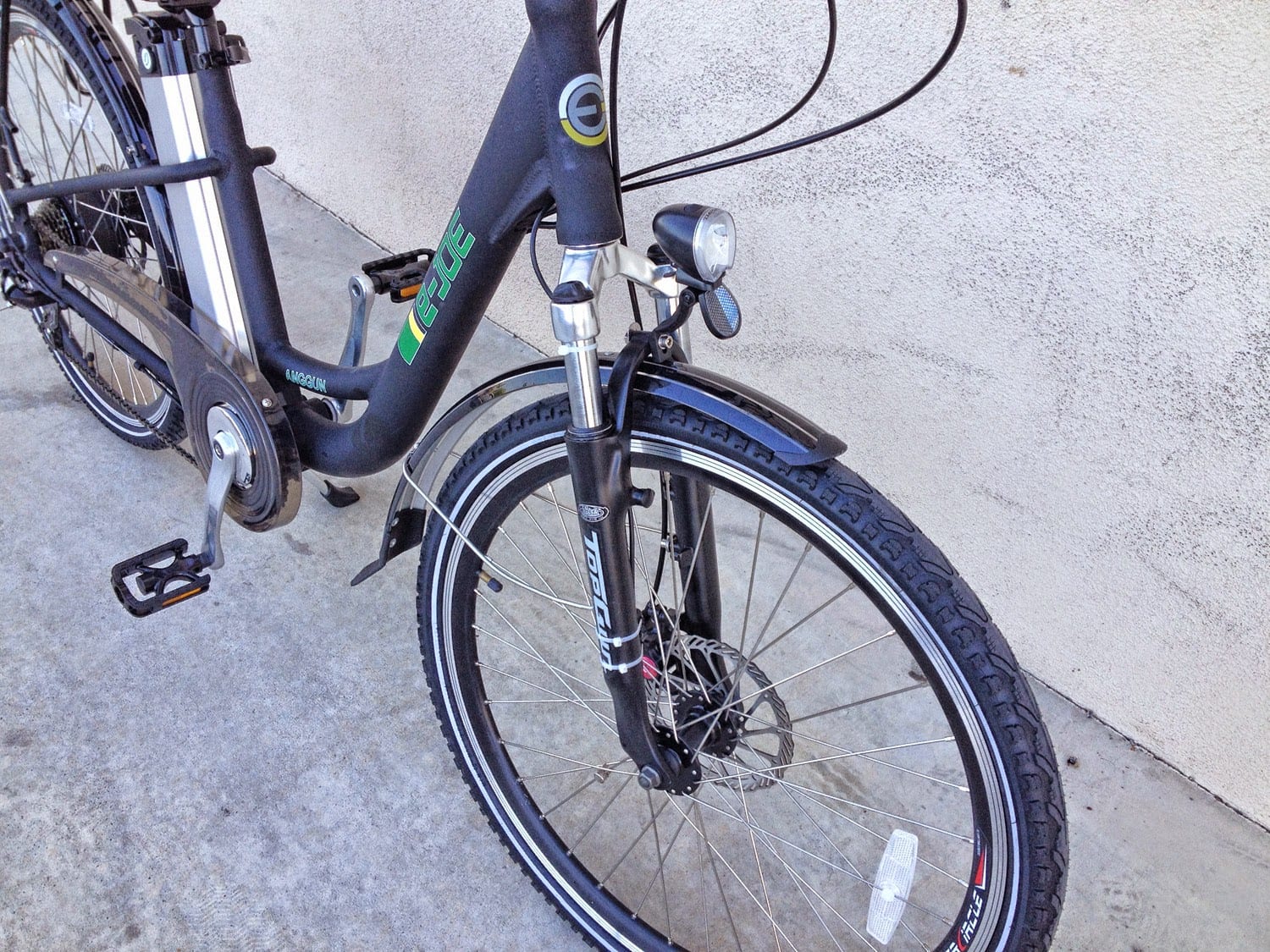

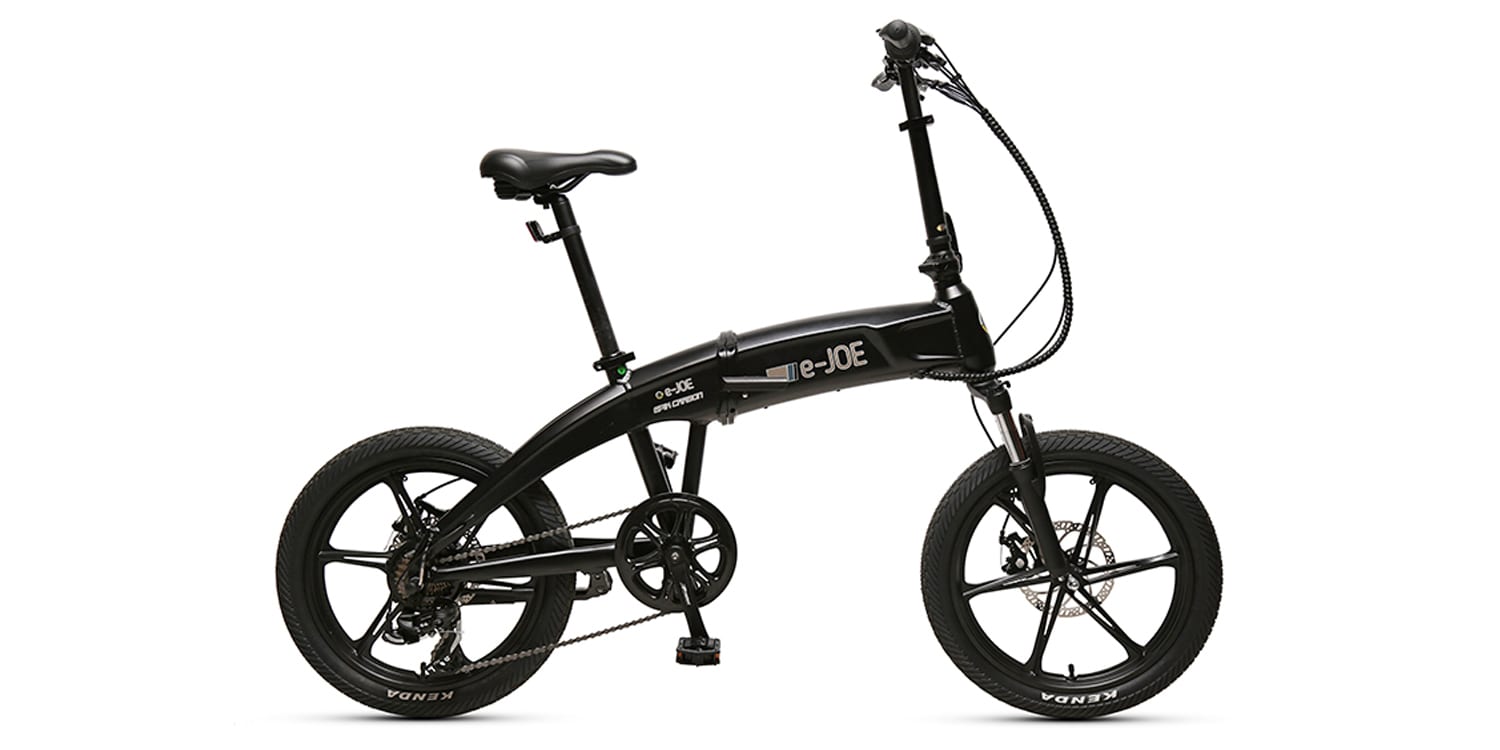
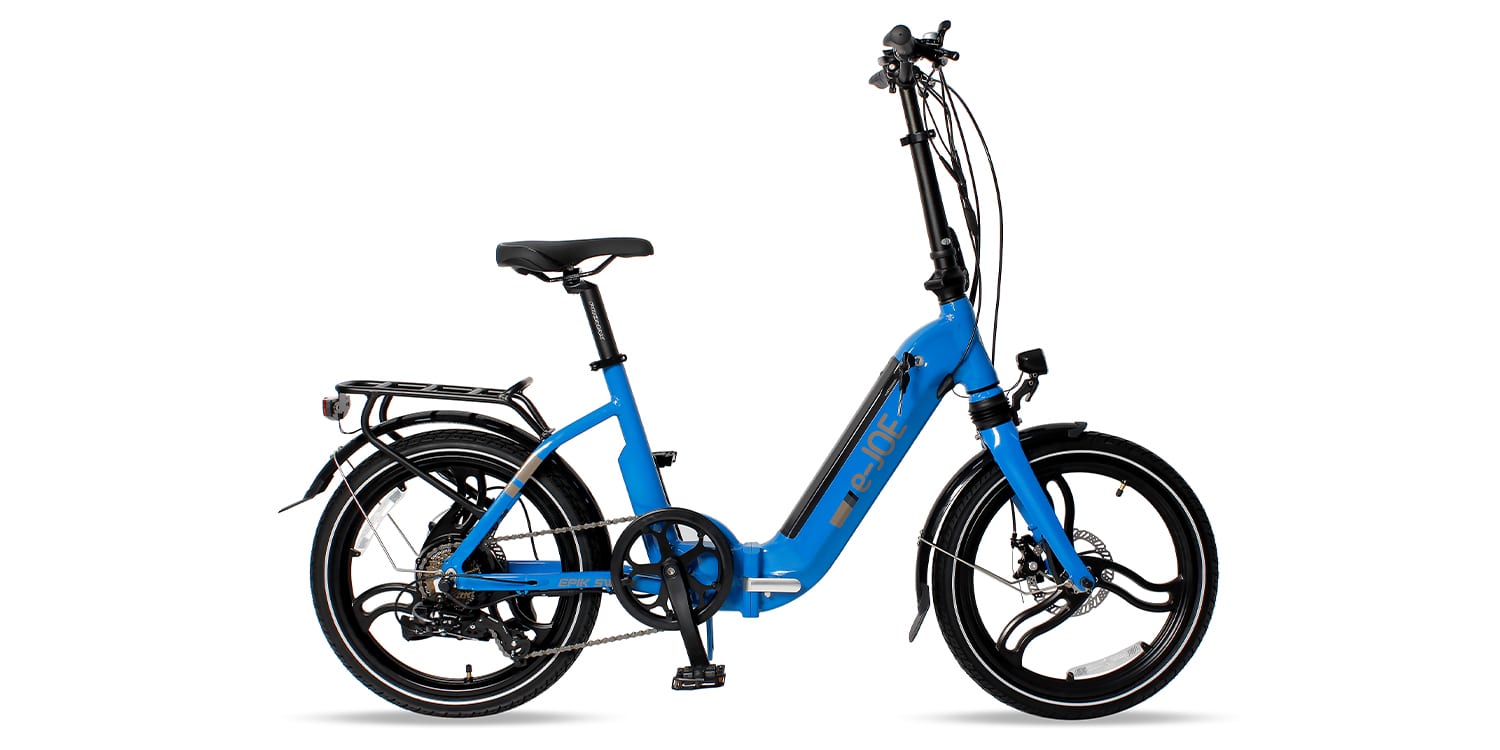
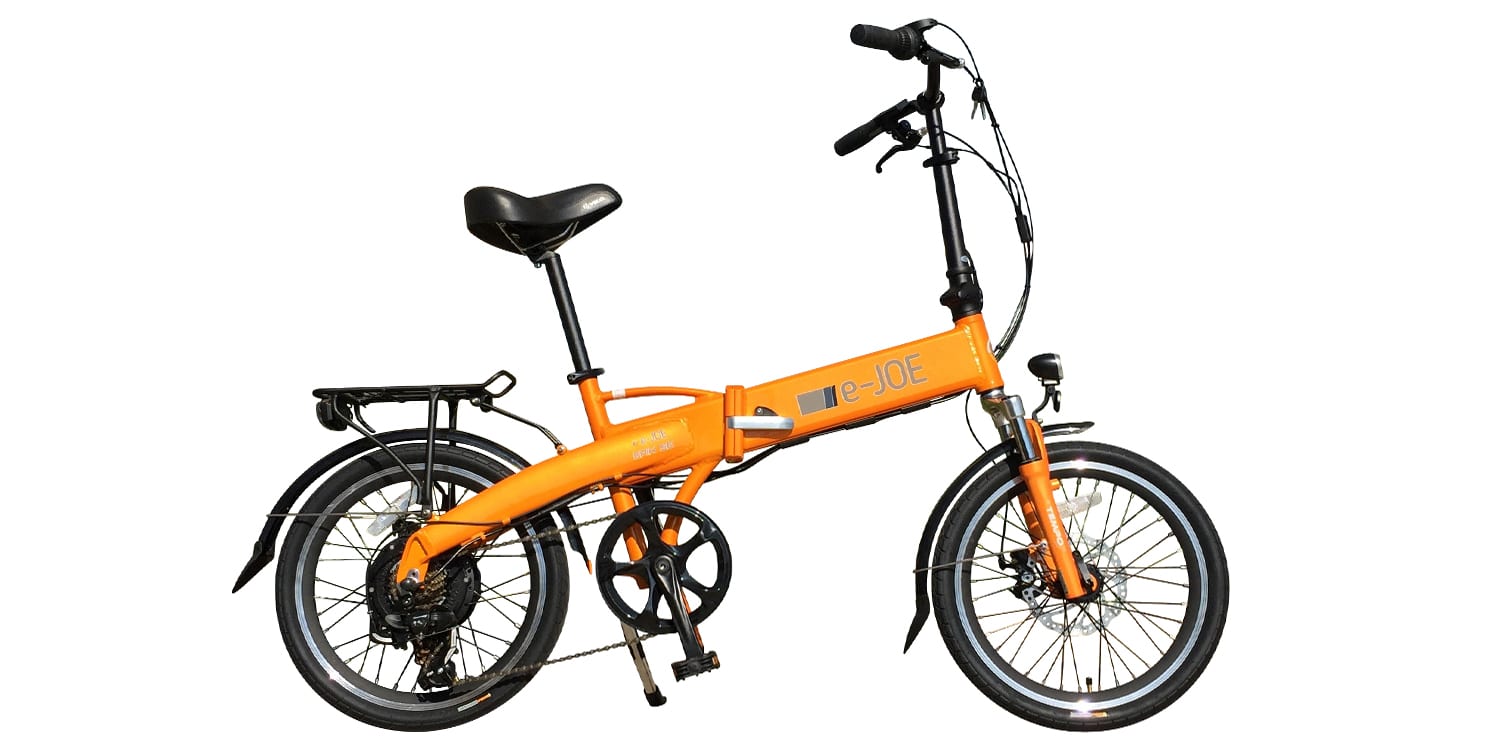

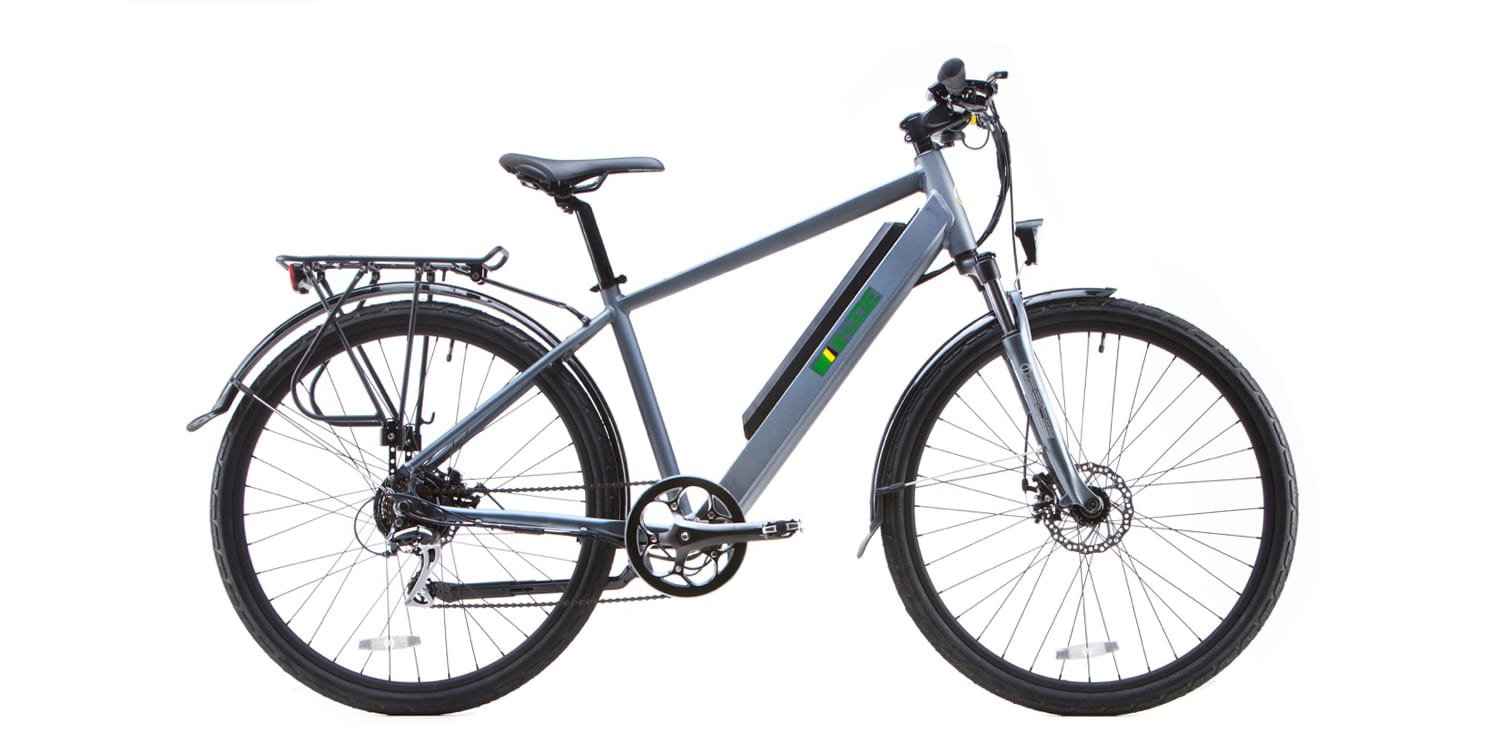
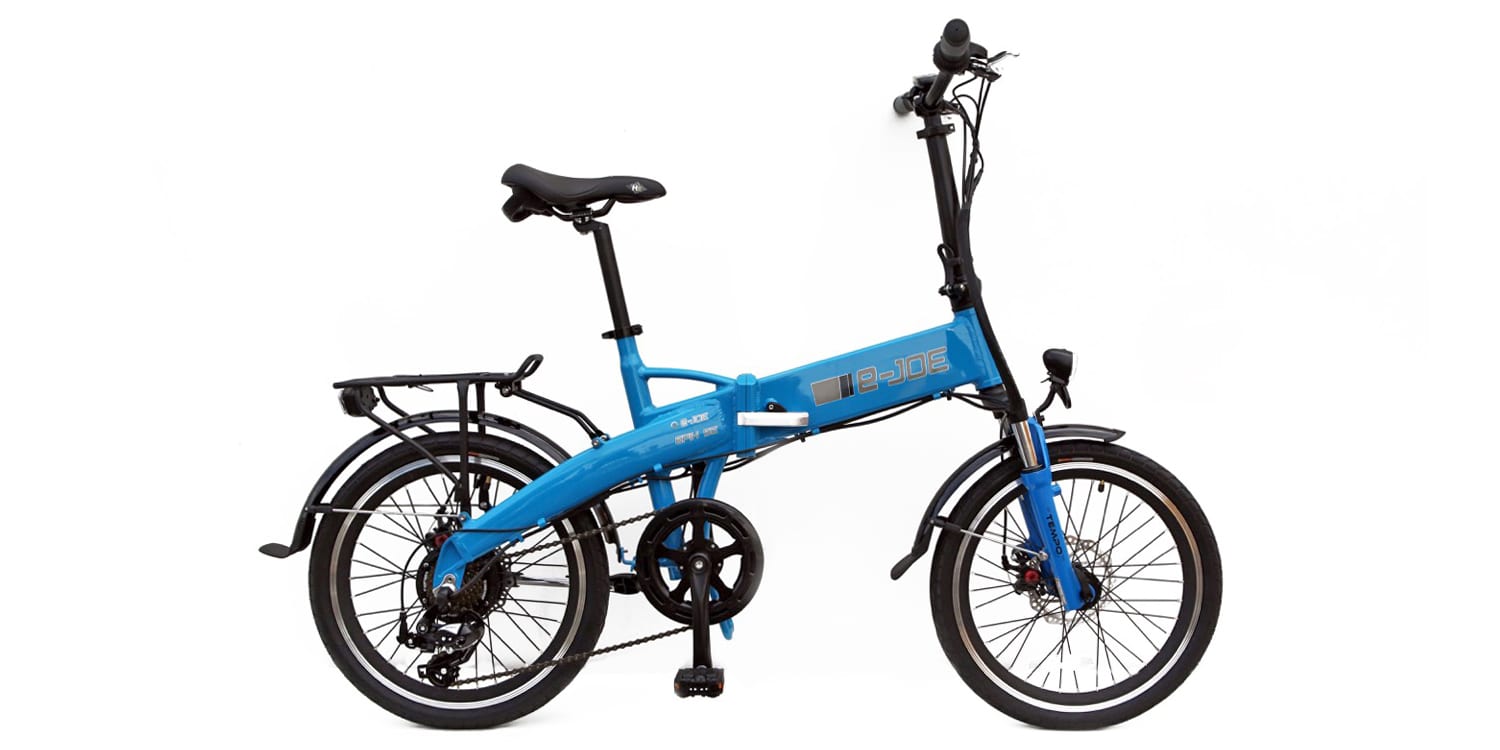
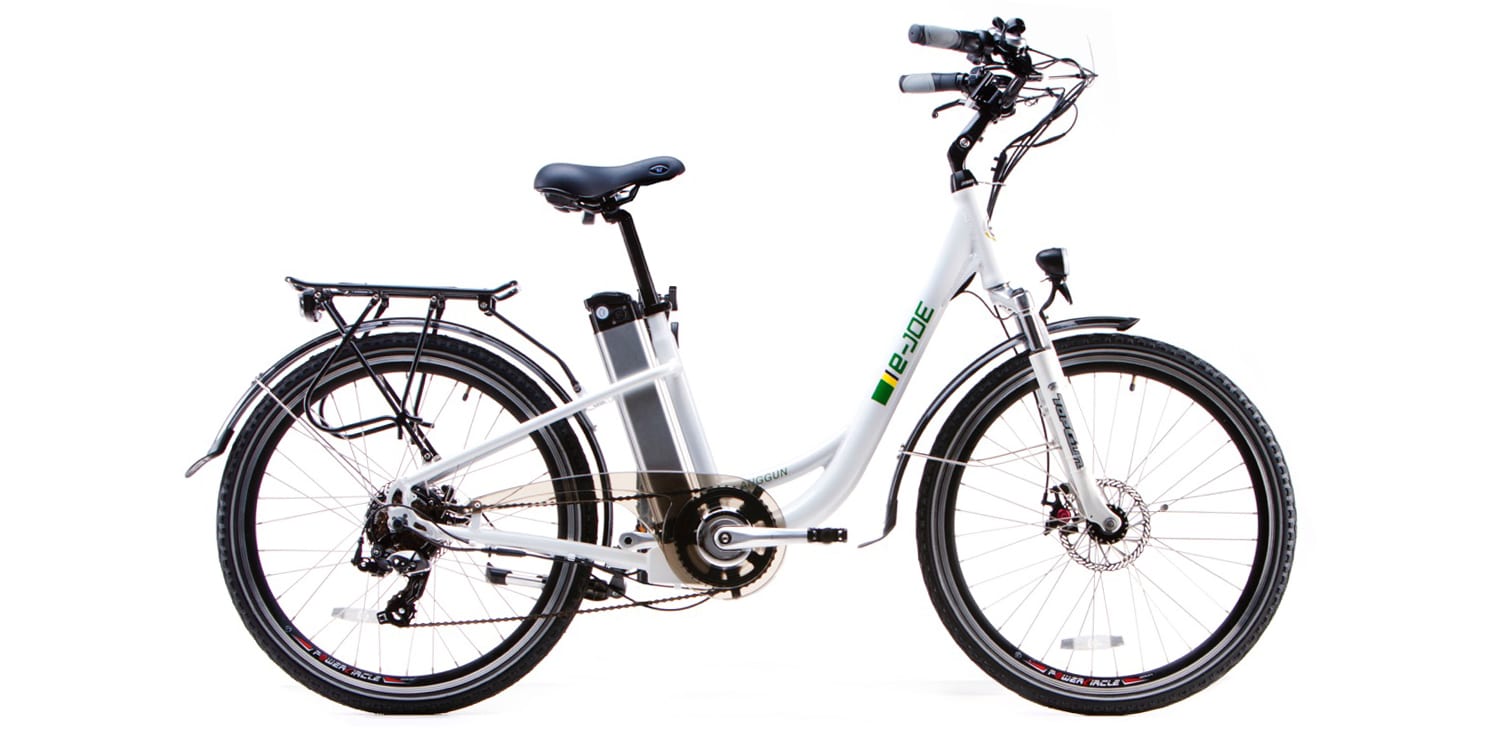
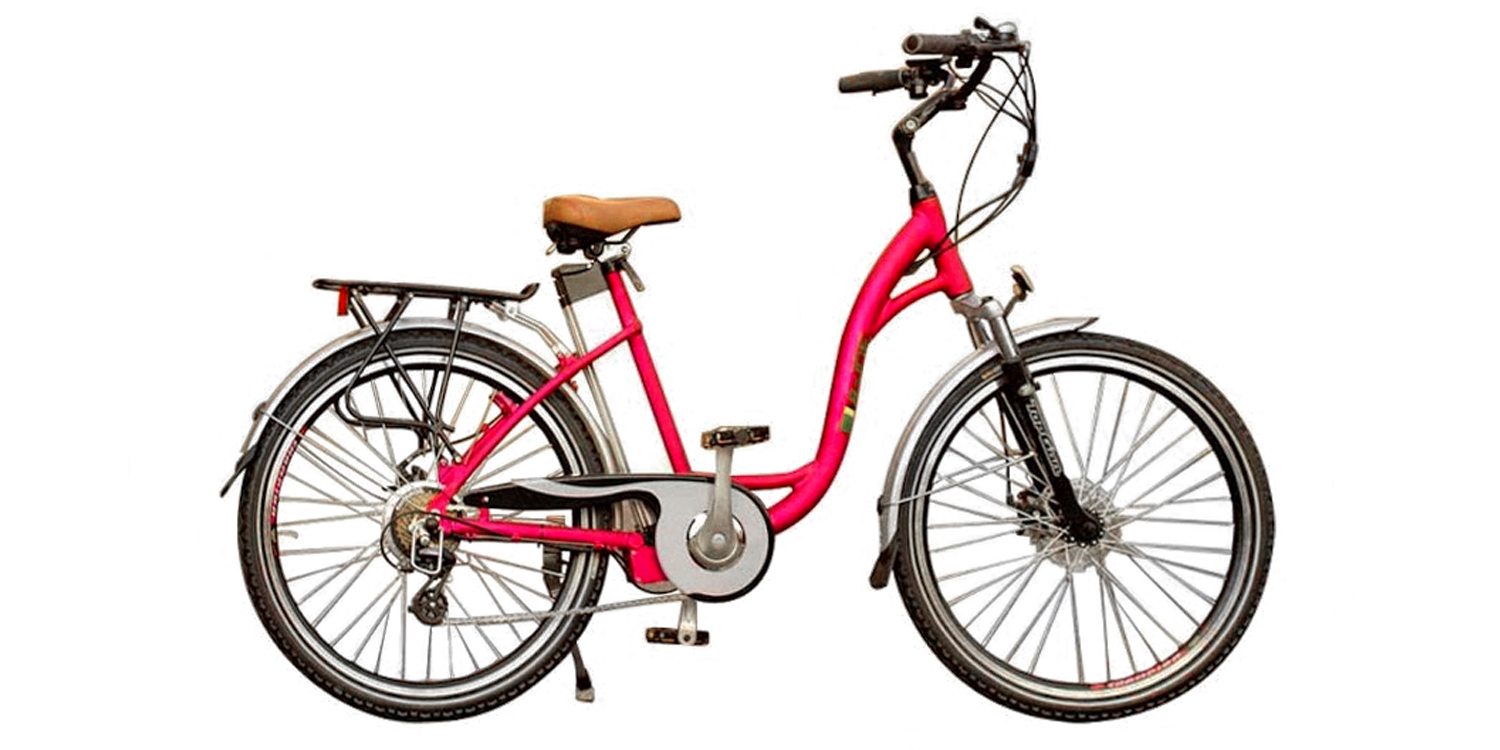
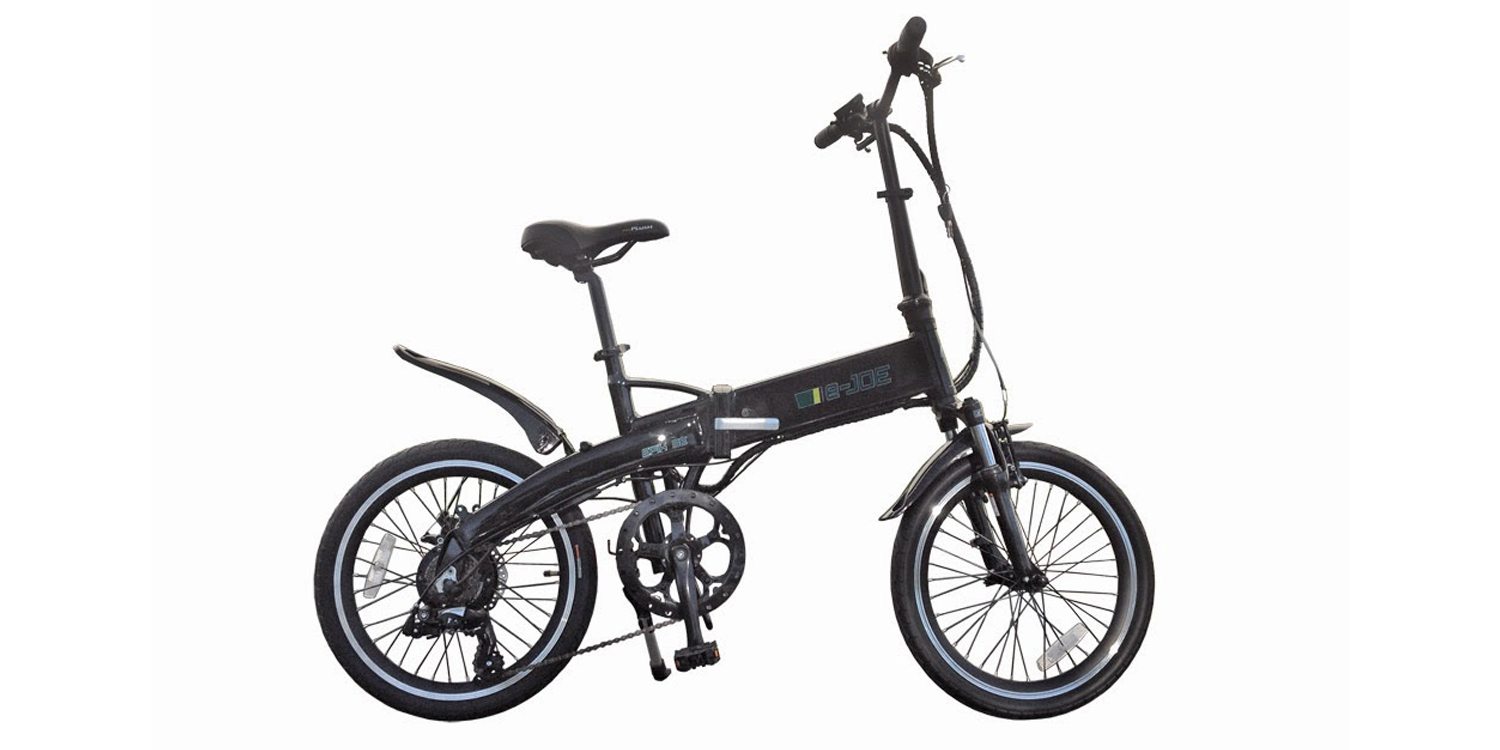
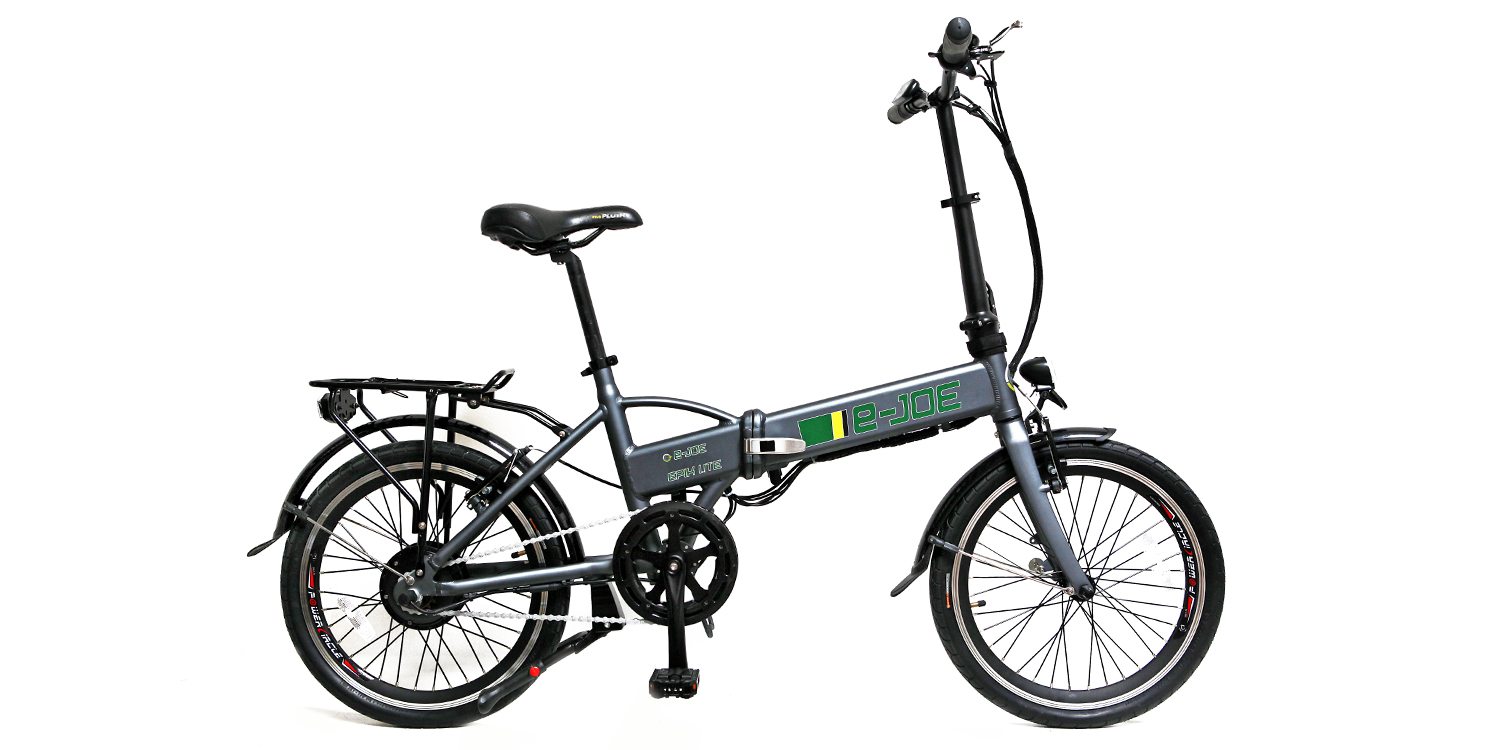
Reader Interactions